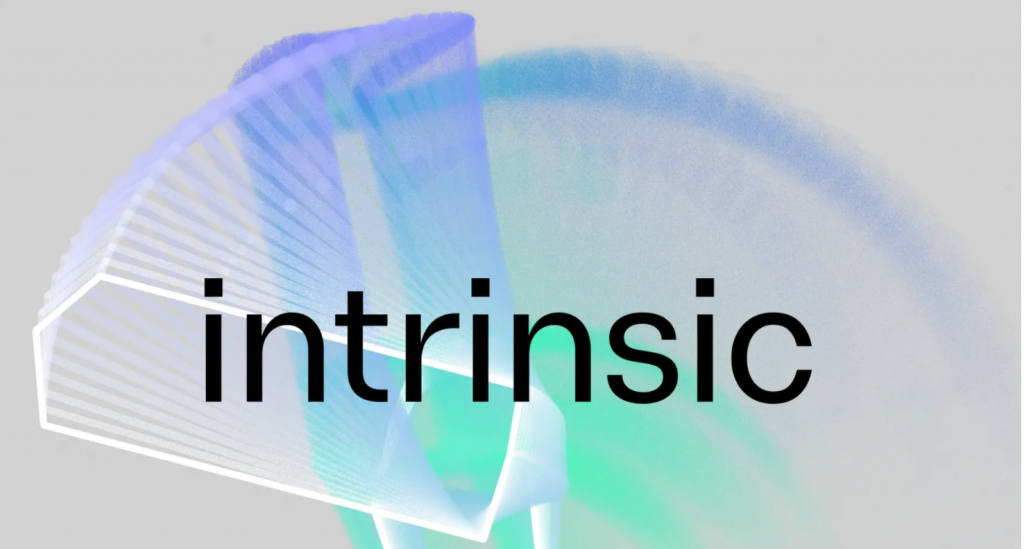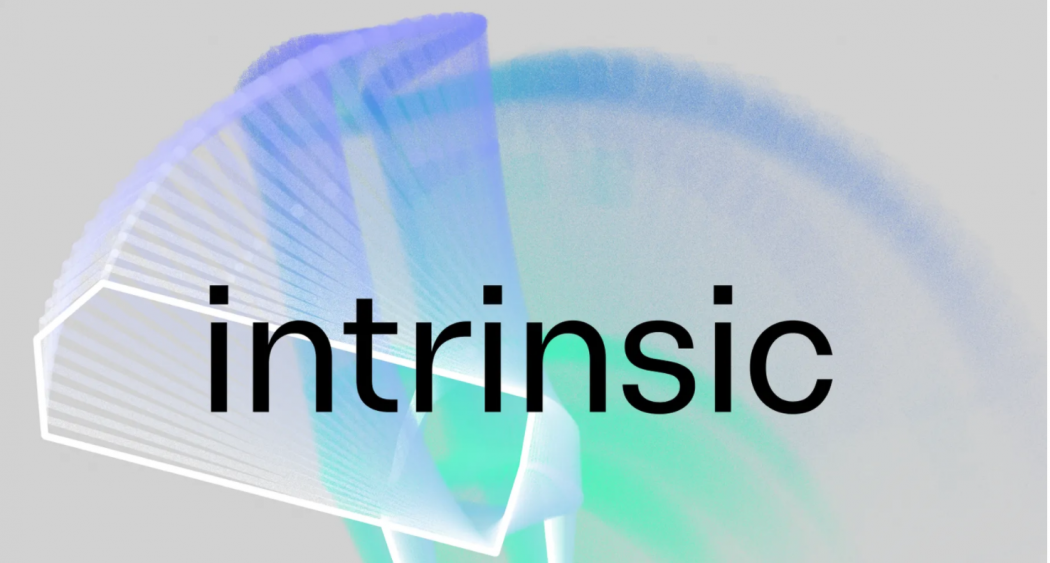
Intrinsic plans to program software for industrial robots to improve their abilities. (Source: Intrinsic website)
Google Parent Alphabet Spins Off ‘Intrinsic’ as Industrial Robot Software Division
Alphabet announced on July 23 that it spun off an industrial robot software division called “Intrinsic,” which like other divisions will focus on maximizing the potential of a narrow area of technology.
According to a story on theverge.com, a blog post from Wendy Tan White, the company’s CEO, gives a general description of what Intrinsic plans to do:
“Intrinsic is working to unlock the creative and economic potential of industrial robotics for millions more businesses, entrepreneurs, and developers. We’re developing software tools designed to make industrial robots (which are used to make everything from solar panels to cars) easier to use, less costly and more flexible, so that more people can use them to make new products, businesses and services.”
She noted that with 10% of companies making 70% of goods, an effort to create industrial plants closer to where the goods are needed has been embraced by the U.S. government and businesses, particularly since the pandemic began. She also pointed out that by 2030 there will be 2.1 million unfilled jobs in the U.S. manufacturing industry.
White says that new programming for robots gives them the potential to be far more useful.
“Over the last few years, our team has been exploring how to give industrial robots the ability to sense, learn, and automatically make adjustments as they’re completing tasks, so they work in a wider range of settings and applications. Working in collaboration with teams across Alphabet, and with our partners in real-world manufacturing settings, we’ve been testing software that uses techniques like automated perception, deep learning, reinforcement learning, motion planning, simulation, and force control.”
A story on VentureBeat.com points out that industrial robot demand is at an all-time high.
“Industrial robots have surged in demand over the past year in the wake of the pandemic — in Q1 this year, the Association for Advancing Automation reported a 19.6% increase in orders across North America alone. While such robots have historically been concentrated in the automobile industry, they have segued into many facets of the economy, from ecommerce warehouses to medical equipment assembly.”
According to theverge.com story, this is yet another example of the massive parent company buying up companies or establishing them in areas where it sees great potential for growth. So far, however, its efforts to find a winner in the robotics area haven’t panned out.
“In 2013, Google went on a shopping spree for robots, buying seven companies in roughly six months, including Schaft (a Japanese firm known for bipedal bots), Bot & Dolly (makers of very cool viral videos), and Boston Dynamics (which needs no introduction). The effort was named “Replicant” and headed by Andy Rubin, an executive who co-founded the Android mobile operating system. Over the years, though, no news emerged from Replicant, and Google either sold off or shut down most of its acquisitions. Why? Partly because robots are hard to make and not very profitable. But also because of Rubin’s departure from the company in 2014 after being accused of sexual misconduct (which Google kept secret).”
Alphabet’s ongoing robotic project, Everyday Robot, announced in 2019, seeks to develop a versatile learning robot that can help individuals with all sorts of tasks on a daily basis, according to a story on yahoo.com, which says Intrinsic could revolutionize the industry.
read more at theverge.com








Leave A Comment